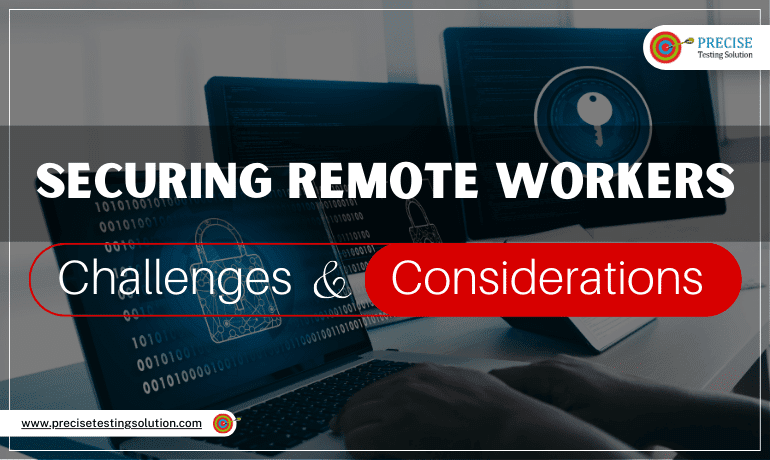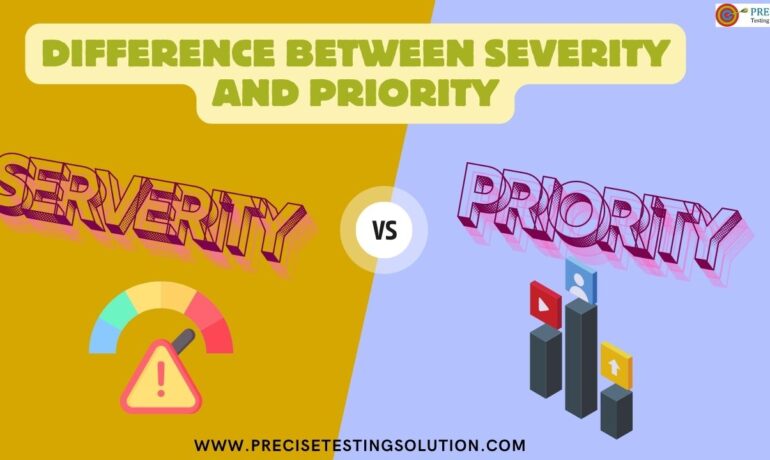Securing Remote Workers – Challenges & Considerations
In today’s digital age, the concept of remote work has become more prevalent than ever. The flexibility and work-life balance it offers are undeniably attractive. Since the beginning of the COVID-19 epidemic, securing remote workers has emerged as one of the most difficult issues ever due to unprecedented security challenges.
Businesses that adopt flexible work policies too quickly are falling prey to cybercriminals or hackers who are leveraging the trend to spread malware, steal data from unprepared networks, and trick users into giving them fake credentials. Here’s a comprehensive guide to understanding and mitigating these risks, ensuring a secure remote working environment.
Embracing the Remote Work Era
The shift to remote work has accelerated, driven by technological advances and, more recently, global events such as the COVID-19 pandemic This Revolution has led to a rethinking of traditional business models, focusing on flexibility and digital connectivity on.
Security Challenges for Remote Workers
Following are some of the challenges that are associated with security of remote workers: –

- Access Controls – They are a collection of laws and procedures put in place to guard against illegal network access. Weak and/or insecure passwords are two of the most common vulnerabilities, which makes it simpler for cyber attackers to brute force or trick their way into an account.
- Remote Desktop Protocol – It is a popular remote access solution; staff members can wirelessly access business Windows machines from anywhere in the globe. But it’s also vulnerable as cybercriminals or hackers can use RDP access to deceive employees into giving them their login credentials or break through weak passwords and obtain access to the firm’s IT network where they can then install the malware.
- Secure Internet Connection – Wi-Fi networks are not always safe and can be highly vulnerable to cyber-attacks at times. Cyber attackers could be observing everyone using a network while they are connected, waiting for them to access sensitive data like a workplace network or a bank account so they can steal it.
- Security of Personal Gadgets – Personal gadgets are frequently less secure than work equipment. People can be using apps that their business has designated as dangerous or their devices might have outdated operating systems. Without the user’s knowledge, some devices may already be infected with malware.
- File Sharing – Employers must transition to digital file sharing and storage if they want to allow remote work for their staff. Without a data encryption strategy or access limitations, it might be simple to steal and/or use the company’s data because it would unintentionally be made publicly available online.
- Human Mistake – People do in fact make errors. Majority of cyber-attack cases include human error, whether it was due to a mistake in network configuration, a victim of social engineering, or a lack of knowledge regarding how to keep their device secure.
Security Considerations for Remote Workers
Following are some of the best practices taken in account for security considerations of remote workers: –
- Remote Work Security Policy – It may assist your employees understand the limits of their ability to work from home by creating a remote work security policy. To better manage unsafe computers and phones, it may implement a bring-your-own-device (BYOD) policy that establishes guidelines for the kind of devices employees are permitted to use for work.
- Mobile Device Management Policy – The administration of all the devices that employees could utilise in the course of their employment is done using Mobile Device Management Policy. They can provide businesses a little more freedom to let customers use the OS and device of their choice while maintaining some kind of control over things like app updates, device setup, and other things.
- Identity and Access Management Policy – These policies work in a variety of ways because they cover all facets of access. Multi-factor authentication, privileged access control for admin accounts, and password policies are all examples of Identity and Access Management Policy.
- Zero Trust Policy – It entails locating the surfaces that require protection, mapping data flows, listing people and devices, putting IAM tools and actively keeping an eye out for abnormalities on the network. It may increase security between employees or applications and vendors by implementing Zero Trust Policy.
- Secure Cloud Configuration Policy – This is the policy that can be used to ensure the optimal protection of your online storage drive(s). The cloud security expert will need to review all of your cloud settings and make the necessary adjustments in accordance with your IAM policy, compliance guidelines, and any other security measures.
- Use of Virtual Private Network (VPNs) – In order to prevent some of the problems that arise from using an unrestricted location to access a restricted network, employees working in remote areas can use Virtual Private Network (VPNs) connecting to the company server via a VPN is like connecting to it via a cable that helps to prevent cyber-attacks like ‘man in the middle’ attack, where a cyber attacker would secretly intercept messages between two parties.
- Use of Penetration Testing – Penetration testing, often known as “pen testing” is a fake attack done by a fictitious hacker or through a third-party security firm in order to find the weaknesses in the form of vulnerabilities of the network to gain a sense of how they can be exploited before someone actually does the attack in real. Pen tests should run annually, with their objective laid out clearly in a defined assessment scope that covers attack surfaces which the organisation must test.
Navigating the Future of Remote Work
As the remote work landscape continues to evolve, so must the methods used to protect it. By understanding the unique challenges and implementing strong security measures, companies can provide a safe and productive environment for their remote employees.
Conclusion
Finally, we can say that remote working has become the norm following the COVID-19 epidemic. Therefore, the need for proper security measures must be taken in order to ensure that all sensitive and confidential information in the form of data for employees working in remote areas is protected from the prying eyes of cybercriminals or hackers.
For more information, Visit Our Website at www.precisetestingsolution.com
or call our office @ 0120-3683602
or you can send us an email at [email protected]
We look forward to helping your business grow.
A Guide to Determining Severity Vs Priority Levels
In any project, especially in software development, bug tracking
What Is Pharming? A Comprehensive Guide to Protection and Prevention
What Is Pharming in Cybersecurity? Pharming is a sophisticated


